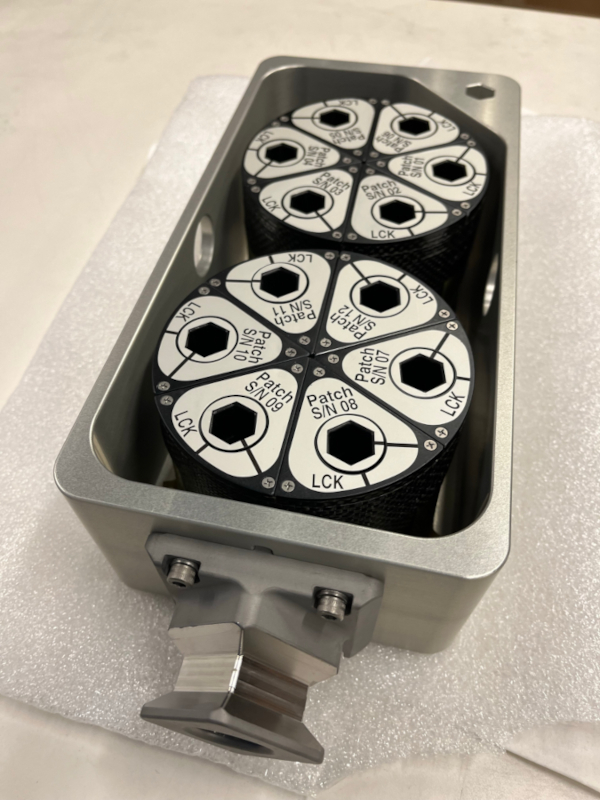
 Credit: K. Gendreau
Credit: K. Gendreau
Fixing a Hole
The Neutron Star Interior Composition ExploreR, or NICER, is a workhorse X-ray observatory berthed on the International Space Station. NICER's primary science goal is to determine the state of matter at the extreme densities found at the centers of neutron stars, and to study the distribution of the X-ray hotspots on their surfaces. NICER does this by studying the shapes of X-ray pulses from fast-spinning neutron stars to determine how these superdense pulsars distort spacetime. But NICER does much more than that - it's studied stars, galaxies, nebula and transient outbursts in the X-ray Universe. NICER's scientific productivity and observing flexibility make it the premier X-ray timing observatory. But on May 22, 2023, NICER project scientists noted a sudden increase in the amount of stray light contamination when the ISS was on the sunlight side of the earth, making it nearly impossible to observe during orbit day. Although observations during orbit night were unaffected, this cut NICER'S observing efficiency almost in half. But being on the ISS has its advantages. To find the cause of the increased stray-light contamination, ISS astronauts took photographs of NICER, which revealed a puncture in a triangular section of one of the filters that blocks out optical light from reaching the detector, and some other pinholes in the filters in front of other NICER detectors. Another advantage of having an observatory on the ISS is that problems can be fixed. After carefully studying the optical blocking filters in front of the 56 individual detectors that make up NICER, NICER project scientists worked with ISS leadership and engineers to design a patch kit, shown above. The 12 individual wedge-shaped patches in the kit will be launched to the ISS, and then each will be locked in place over punctured sections of the optical filters by space-walking space station astronauts. This repair mission is currently scheduled for late fall. Once the repair is made, NICER will once again be restored to full observing efficiency, with almost no loss in sensitivity.
Published: May 27, 2024
<
HEA Dictionary ● Archive
● Search HEAPOW
● Other Languages
● HEAPOW on Facebook
● Download all Images
● Education ● HEAD
>

Each week the HEASARC
brings you new, exciting and beautiful images from X-ray and Gamma ray
astronomy. Check back each week and be sure to check out the HEAPOW archive!
Page Author: Dr. Michael F. Corcoran
Last modified Monday, 03-Jun-2024 16:57:10 EDT


